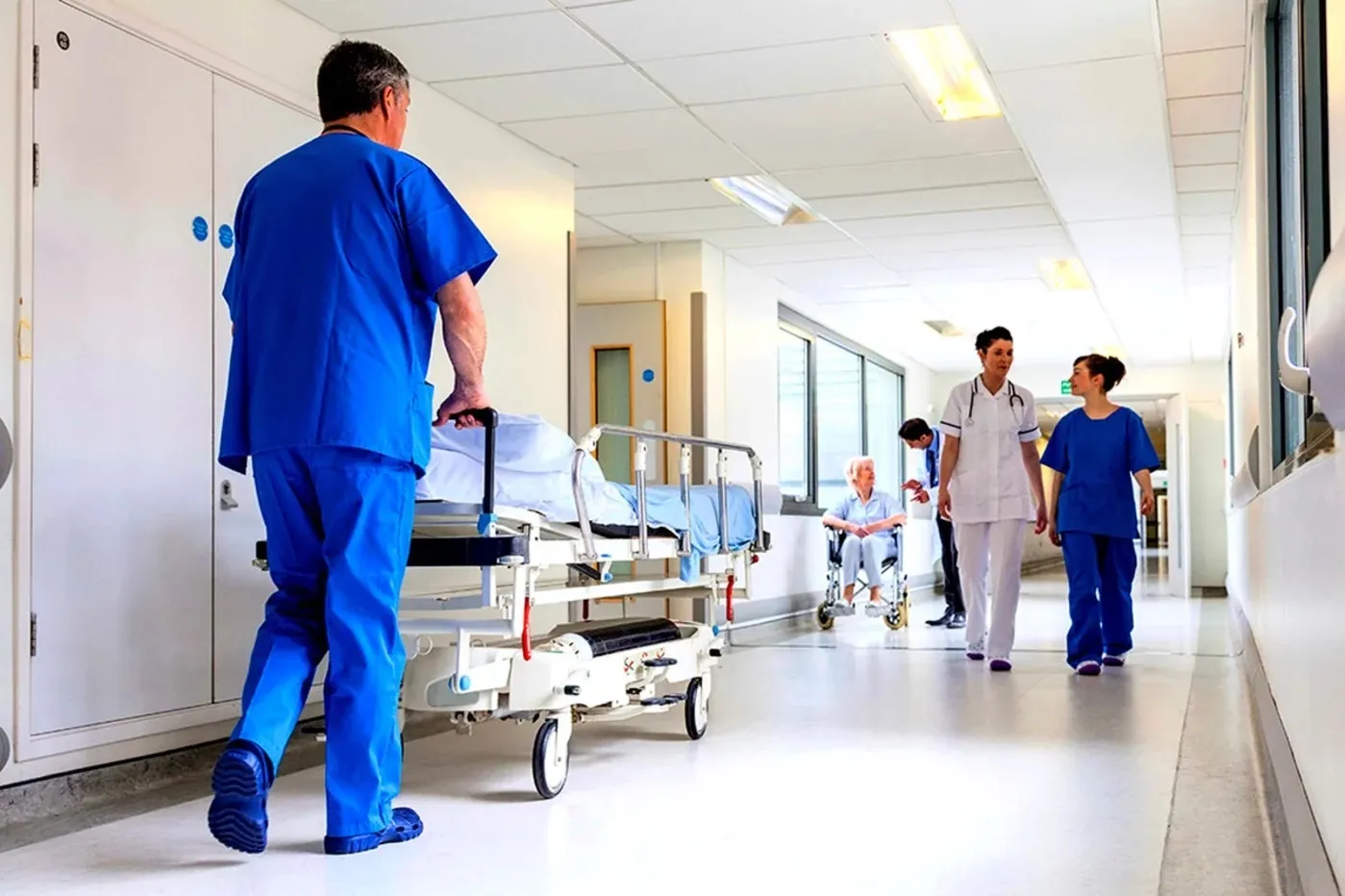More than 537 million people in the world have diabetes.In Spain, 5.1 million citizens live with this pathology, 42% more than in 2019. In addition, 1.5 million do so without knowing it, according to the tenth edition of the Diabetes Atlas of the International Diabetes Federation.In recent years, especially in the last two, there has been a strong increase in the number of adults with diabetes in our country.And at present, this pathology and hyperglycemia constitute between 15 and 25% of diagnoses in patients admitted to internal medicine services.Hence your control is crucial.
With that objective, a team of internists has evaluated the quality of assistance to patients with diabetes mellitus entered in Spain.And one of the main conclusions is that there is excessive use of insulin in mobile scale;A term that refers to the progressive increase in insulin doses before meals or sleeping time.This follows from the study published in the "Spanish Clinical Magazine" to which "your health has had access.
To reach this conclusion, the internists performed an analysis in which they included those patients who presented diabetes mellitus or hyperglycemia in the emergency department.Specifically, they selected all who presented glucose levels above 180 milligrams of sugar per deciliter (mg/dl).
Normal values are considered when glucose is between 70 and 100 mg/dl on an empty stomach and in less than 140 mg/dl two hours after each meal.So the alarm should jump when blood glucose levels being fasting are between 100 and 125 mg/dl and after eating between 140 and 199 mg/dl.
Well, the reason for choosing in patients above 180 mg/dl is that clinical practice guides recommend for hyperglycemia control in the hospital insulin use when glucose values are equal to or superior to that confirmed amountOn two occasions.Once the treatment is initiated, the control objective is to maintain a glucose range between 140 and 180 mg/dl, avoiding hypoglycemia.
Thus, they selected 1,193 patients with diabetes or hyperglycemia (26.7%) of a total of 4,468 admitted to internal medicine services of 53 Spanish hospitals in periods from October 24 to 28 and from November 7 to 11of 2022. The internists excluded from the study of patients under 15 and those admitted to critical areas.By the way, a total of 156 patients were diagnosed with diabetes not known during admission.
Regarding the reasons for admission to the hospital, it was only due to problems related to diabetes in 50 patients (4%), while in most admission reasons were due to infectious disease (55%), cardiovascular disease (29 29%), respiratory disease (31%) or genitourinary (19%).
Next, they collected demographic data, adapted the monitoring of capillary blood glucose and analyzed the treatment administered during admission (diabetes treatment before admission and administered on the third day of hospitalization), as well as the recommended therapy.
Well, the median glycemia at hospital admission was 155 mg/dl, being 62% of the values detected below 180 mg/dl.
During hospitalization, glycemic control was performed on patients with portable glucometers.On the third day of entry they made 3,811 determinations of hair glycemia.And they detected that the number of hair glycems was 792 out of 1,126 determinations made in the Predesayuno, 601 out of 1,083 before eating, 591 out of 1,073 in the predea and 317 of 529 during the night.The proportion of glycemia readings in optimal range (between80 and 180 mg/dl) Before these moments it was 70.3, 55.4, 55 and 59.9%, respectively.
Internal doctors would detect hypoglycemia (when the blood sugar level decreases and is too low, below 70 mg/dl) in only 35 patients, or what is the same in 0.9% of the total sample.And in no case was severe (less than 54 mg/dl).
For glycemia control during hospitalization oral antihyperglycemic agents were used in just 26 patients, oral antihyperglycemic agents and insulin in 172 and insulin in 870. There were a total of 25 patients who did not receive treatment for hyperglycemia in the hospital.Regarding insulin treatment, 352 patients (40.5%), basal insulin and fast insulin analogues to 434 (50%) and diet exclusively to 101 (9.1%) were administered on mobile scale.
"The use of oral therapies for glucose control during hospitalization is still scarce and could contribute to reducing the dose of insulin administered and the irrigation of hypoglycemia," the authors affect.
A total of 735 patients (61.6%) had a recent A1C hemoglobin test on its average blood glucose level during the last two or three months, "which limits the achievement of therapeutic objectives," they add.
In addition, internists have also detected a prescription still poor treatments with cardiovascular benefit."Hospitalization is not used as an opportunity to adjust the treatment to the discharge of diabetes according to recommendations of the clinical practice guides," conclude the authors.


